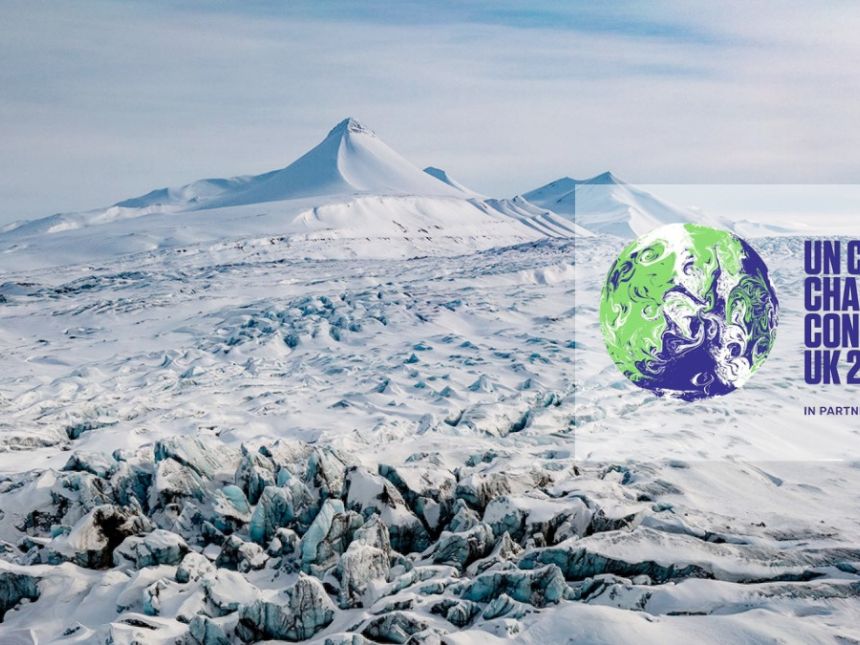
State of the Cryosphere 2021 Report
Prof. Richard Bellerby, Chief Scientist Climate and Oceans at the Norwegian Institute for Water Research (NIVA) and Professor at East China Normal University is a signatory of the report and Scientific Reviewer of Chapter 6 of the report, covering polar ocean acidification, warming and freshening.
Prof. Bellerby presented his findings from the report at four different events at the Nordic and Cryosphere Pavilions at COP26 (relevant links to events and pages below).
“It is clear that rapid changes are underway, across all spheres, in the polar oceans. Without immediate reductions in net CO2 emissions, these polar systems will be unrecognisable within our lifetimes, and will take millennia to return to pristine conditions,” prof. Bellerby said while attending COP26.
Take home understandings
The report clarifies different dynamics happening in the Cryosphere and summarizes the catastrophic impacts that will occur with the currently implemented country commitments or Nationally Determined Contributions (NDCs) and policies.
The take home understandings from cryosphere scientists as stated in the report include:
- These cryosphere changes, if allowed to continue, will be permanent on all human timescales;
- Many, perhaps most of these essentially permanent changes would be triggered already by the 2°C maximum temperature rise in the Paris Agreement, but could be slowed or possibly averted if we remain close to the aspirational 1.5°C target; and
- The impacts, including loss and damage in human communities, are global and overwhelming in scale.
Recovery times for all the dynamics are also specified in the report, and not shockingly, “all of these dynamics except Arctic sea ice require a return to pre-industrial temperatures – or below – to enable at least some level of meaningful recovery.”
The different dynamics presently taking place in the Cryosphere and their estimated recovery times as made evident in the report are:
- Polar ocean acidification, warming and freshening → 50,000–70,000 years
- Ice sheets and sea-level rise → More than 10,000 years
- Mountain glaciers and snow → Several hundred to over a thousand years
- Permafrost → Several thousand years
- Arctic sea ice → Decades to centuries
Ocean acidification makes life more difficult
According to the report, “ocean acidification will harm key organisms such as marine gastropods and pteropods, sea urchins, clams, and crabs” because ocean acidification makes life more difficult for shell-building animals (made of calcium carbonate) and all polar water-dwelling organisms that have adapted to stable conditions in pH for several million years. The rate at which acidification occurs is part of the problem because species do not have enough time to evolve and survive. What is more alarming is that the report states that “there is currently no practical way for humans to reverse ocean acidification, and these more acidic conditions will persist for tens of thousands of years.”

Fisheries and aquaculture, major industries in Norway, would be impacted, as polar marine ecosystems would be altered at 2°C or higher from “the combination of sea ice loss for several months of the year, no multi-year sea ice at all, ocean warming, acidification and freshening.”
The report indicates to governments, industry and other stakeholders, to the individual voter and consumer, that a global temperature close to 1.5°C or lower can limit the abovementioned dynamics on the Cryosphere and is “physically, technologically, economically and environmentally” feasible, though it will depend on societal acceptance and political will of the world community.
